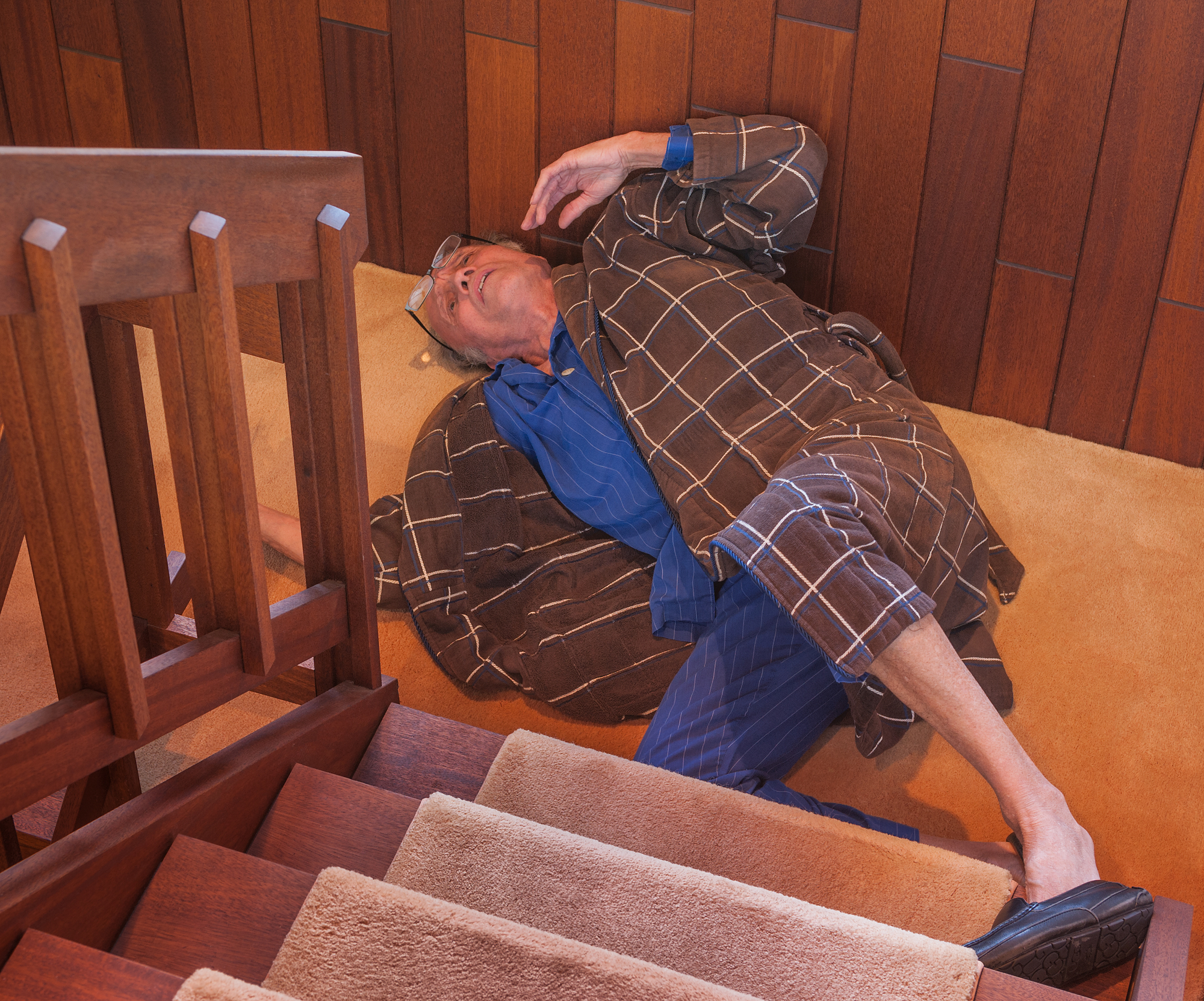Understanding The Latest Fall Statistics In The Elderly

Falls among older adults are a significant public health concern, with profound implications for individual health and healthcare systems. According to the Centers for Disease Control and Prevention (CDC), falls are the leading cause of injury and injury-related deaths in individuals aged 65 and older. Every year in the United States, more than 25% of older adults experiences a fall, making it essential to learn the latest fall statistics to grasp the scope of this issue.
Prevalence of Falls
The prevalence of falls among the elderly is staggering. Statistics from the CDC reveal that about 36 million falls occur annually among older adults in the United States alone. These falls result in over 32,000 fatalities each year, highlighting the severity of the problem. Additionally, approximately three million older adults require emergency department treatment for fall-related injuries annually, underscoring the urgent need for preventive measures.
Consequences of Falls
Falls can have devastating consequences for older adults. One out of every five falls results in a severe injury, such as fractures or head trauma. Notably, hip fractures are a common outcome, with at least 300,000 older individuals hospitalized for hip fractures annually. Moreover, falls are the primary cause of traumatic brain injuries (TBI) among older adults, further emphasizing the gravity of these incidents.
Risk Factors for Falls
Understanding the risk factors associated with falls is crucial for prevention efforts. Lower body weakness, vitamin D deficiency, and difficulties with walking and balance are common risk factors among older adults. Additionally, the use of certain medications, vision problems, and home hazards contribute to fall risk. Recognizing these factors allows for targeted interventions to mitigate the likelihood of falls among older adults.
Preventive Strategies
Implementing preventive strategies is paramount in reducing fall risk among the elderly. Encouraging regular exercise, such as strength and balance training, can enhance physical strength and stability. Ensuring a safe home environment by removing trip hazards, installing grab bars, and improving lighting can also mitigate fall risks. Furthermore, regular medical check-ups to assess medication side effects and address vision impairments are essential preventive measures.
Preventing Falls in Retirement Communities
Falls pose a significant risk to the health and well-being of residents in retirement communities. To mitigate this risk, retirement communities implement multifaceted strategies aimed at preventing falls among older adults. One key aspect is ensuring a safe environment by conducting regular assessments to identify and address potential fall hazards, such as uneven surfaces, inadequate lighting, or loose rugs.
Furthermore, retirement communities offer programs focused on promoting strength, balance, and mobility among residents. These programs often include exercise classes tailored to older adults, such as tai chi or gentle yoga, which help improve muscle tone and coordination, reducing the likelihood of falls. Additionally, team members in retirement communities receive training on fall prevention techniques and are vigilant in monitoring residents for any signs of increased fall risk, ensuring prompt intervention and support when needed.
Understanding is the Key
Understanding the latest fall statistics in the elderly sheds light on the pervasive nature of this issue and underscores the importance of proactive intervention. By recognizing the prevalence, consequences, and risk factors associated with falls, you can take proactive steps to safeguard the well-being of your loved ones. Through targeted preventive strategies and awareness initiatives, we can work towards reducing the incidence of falls and promoting healthier aging in older adults.
